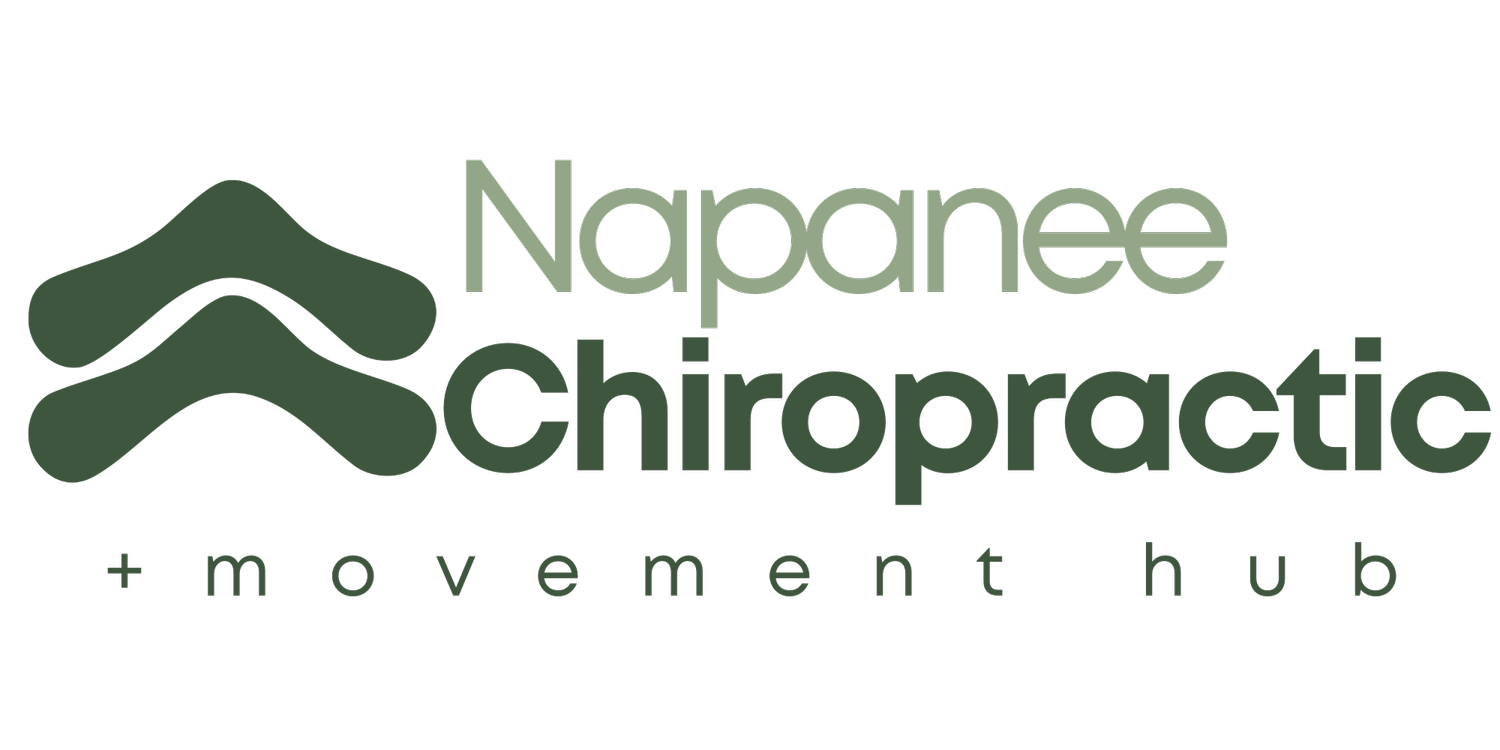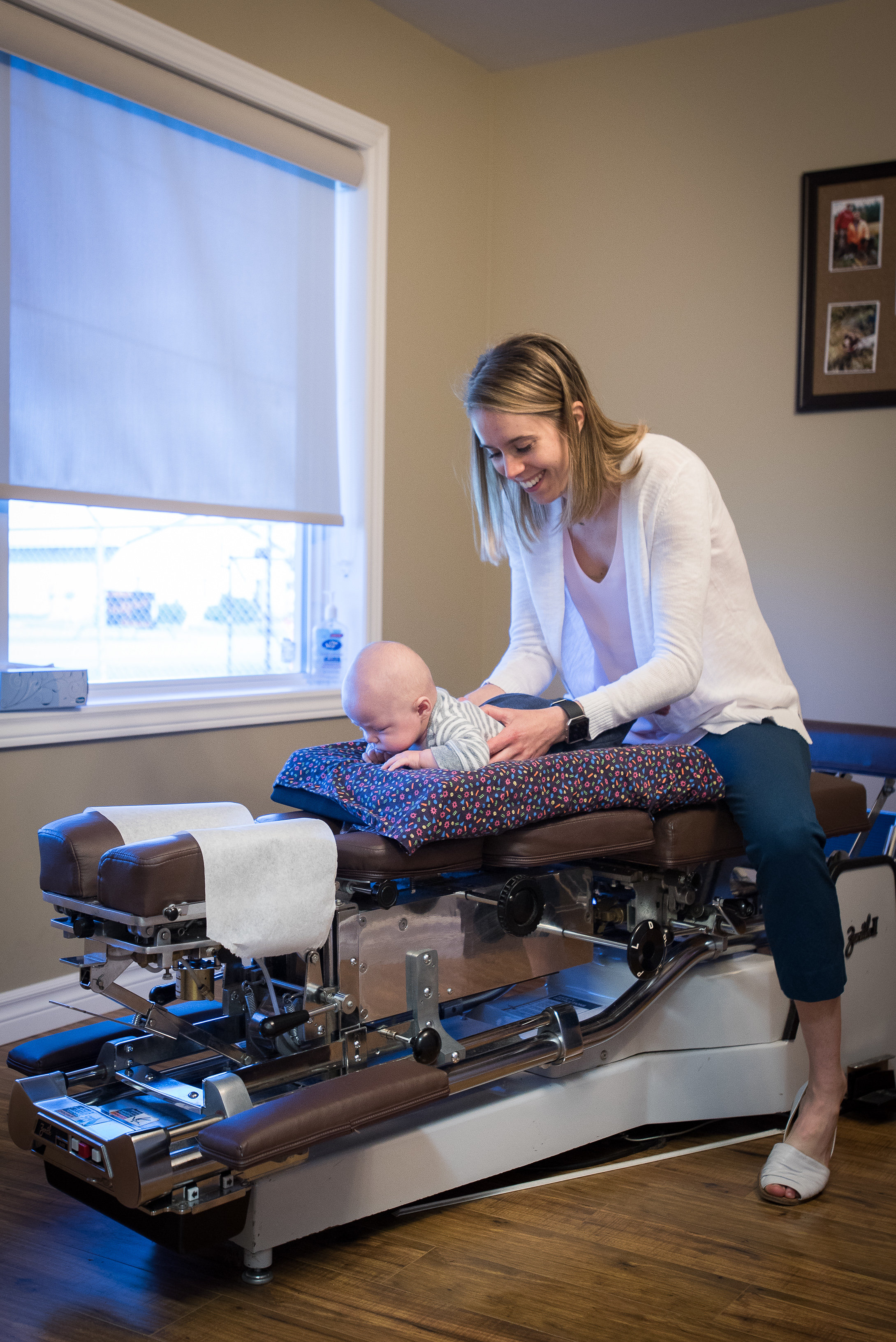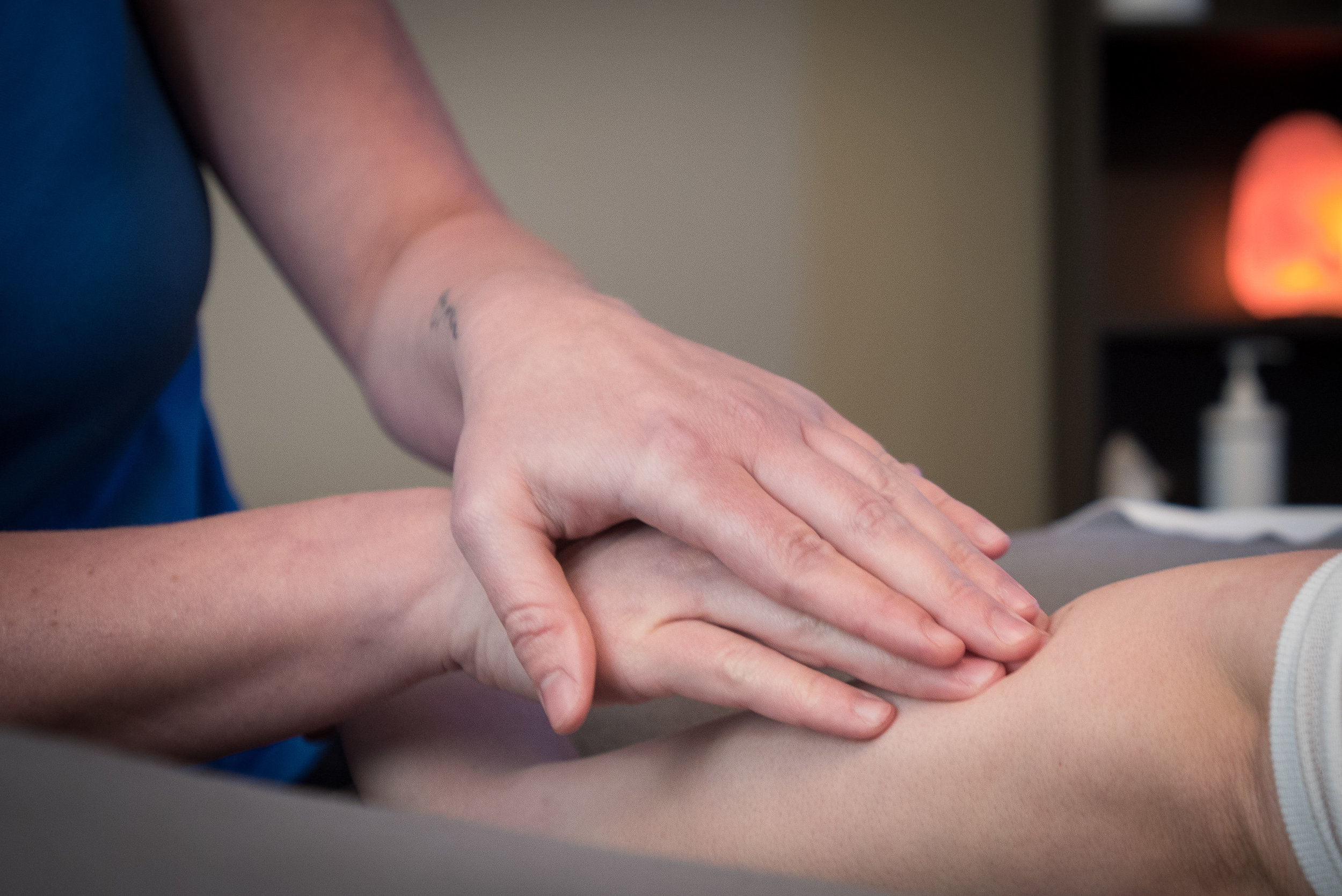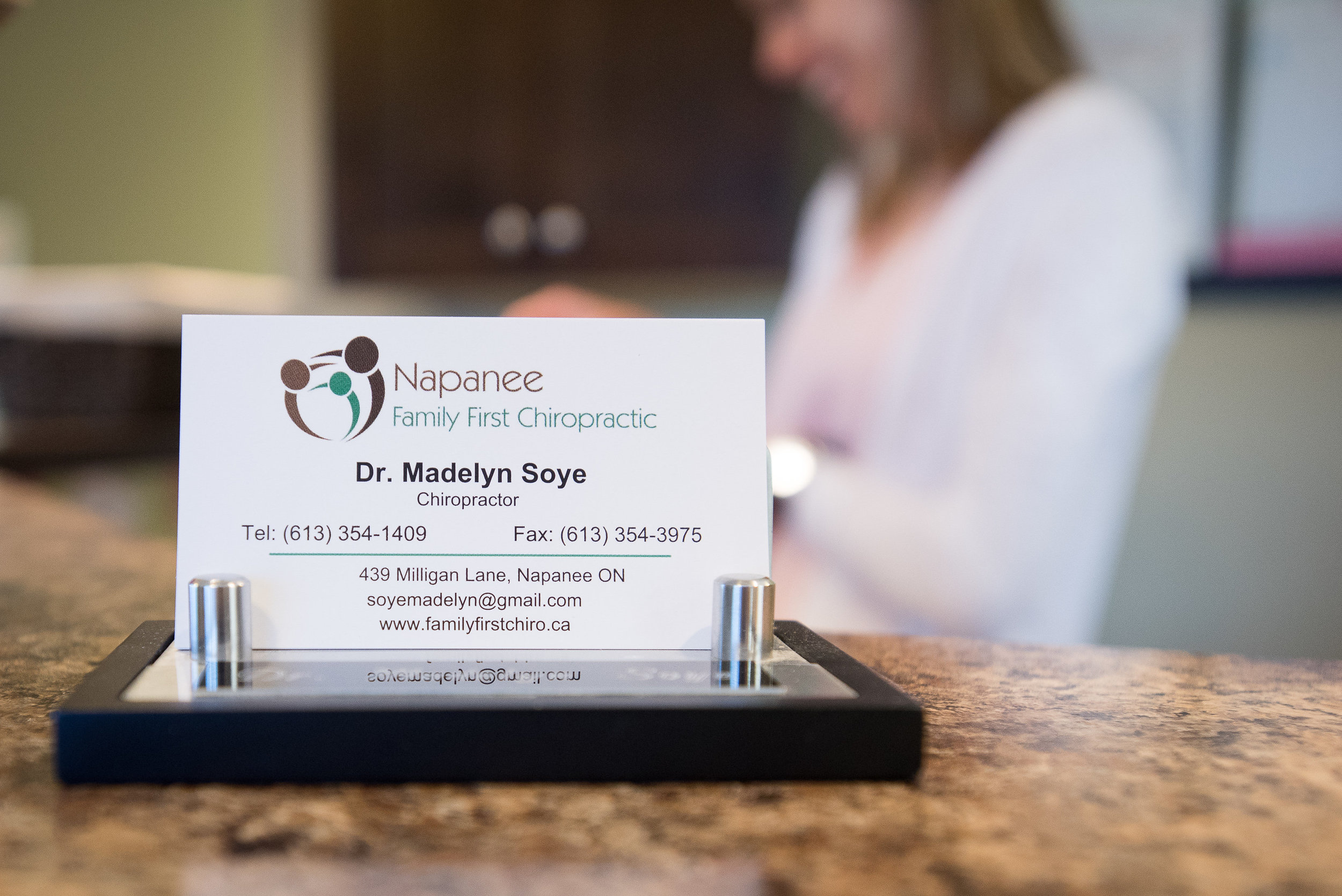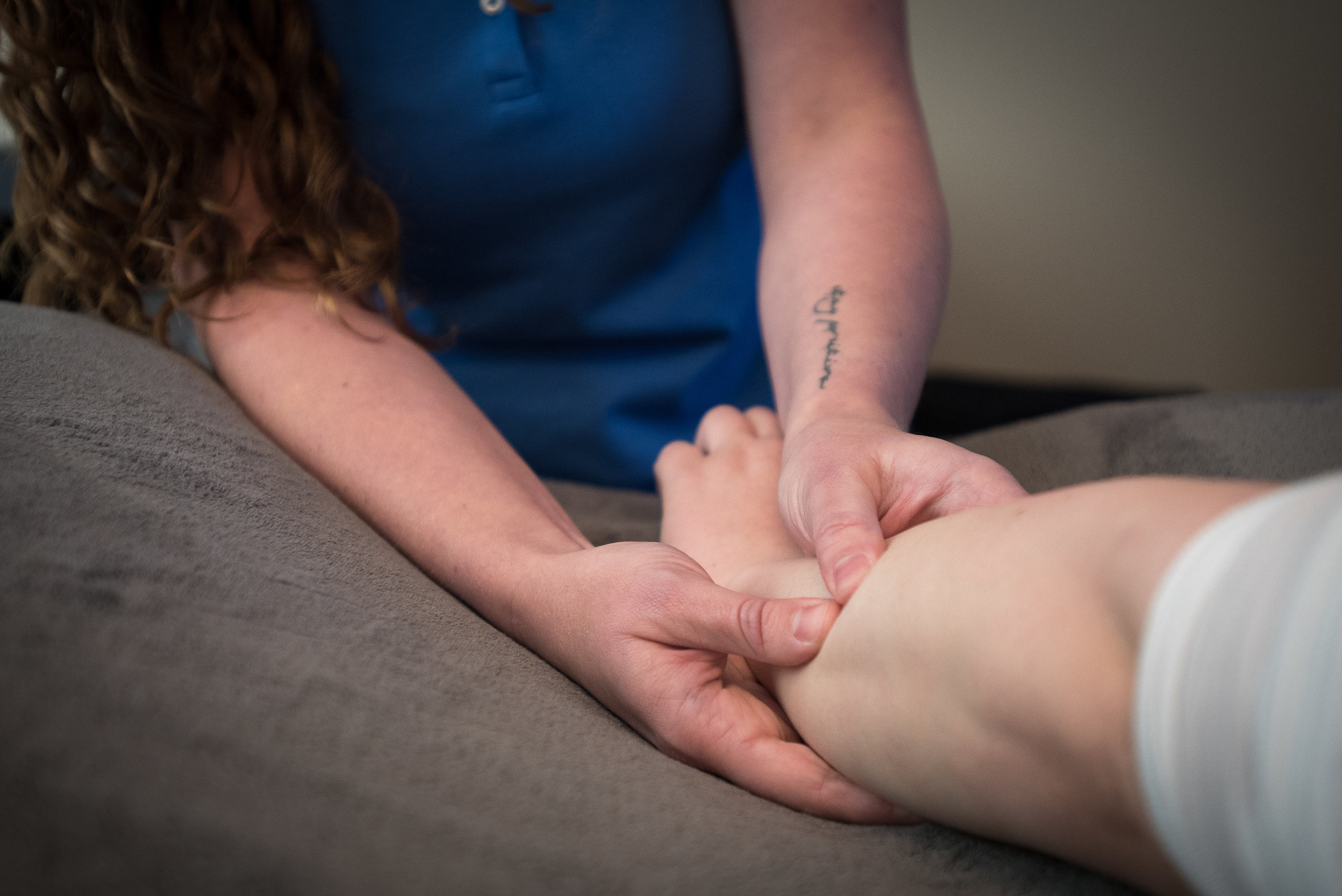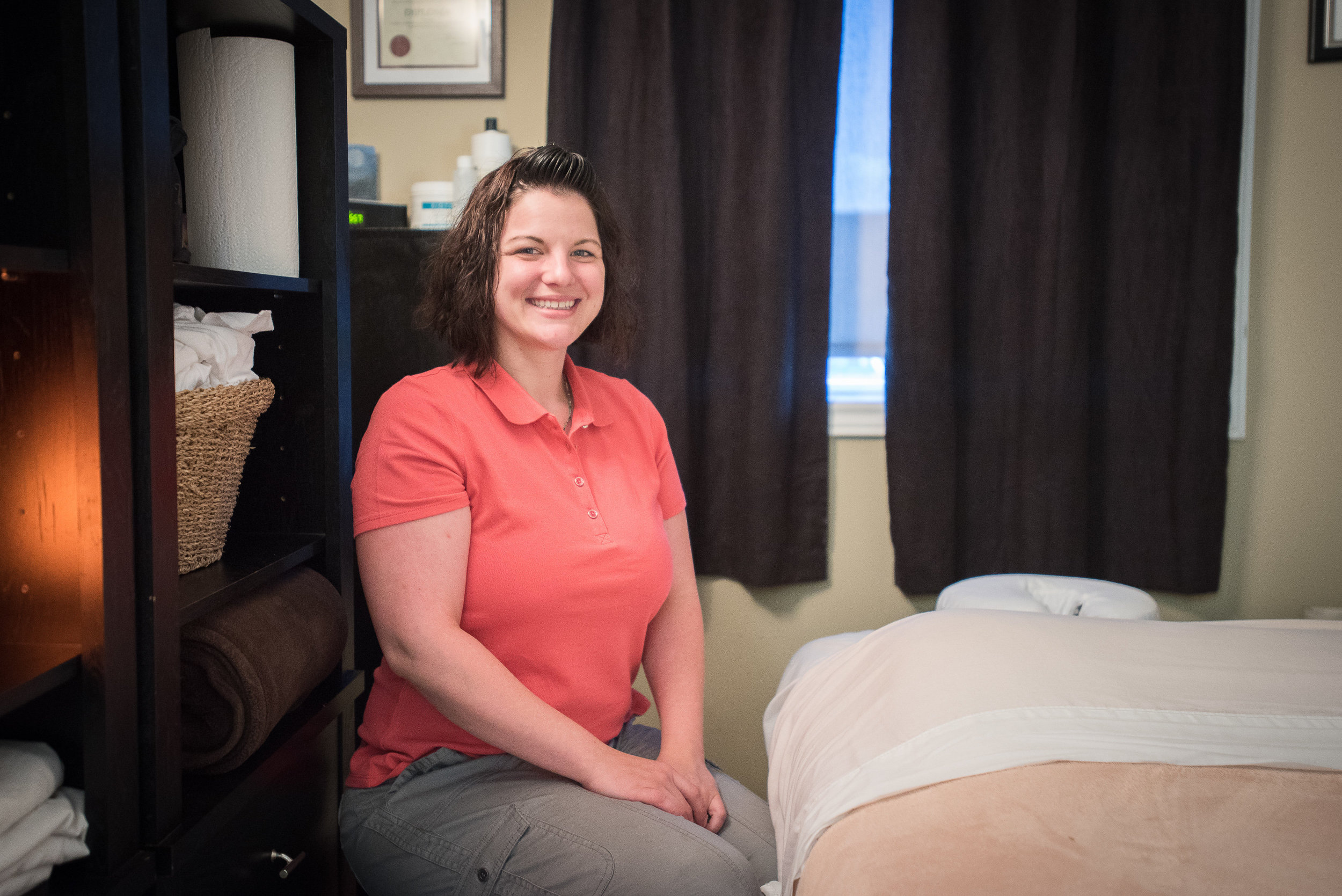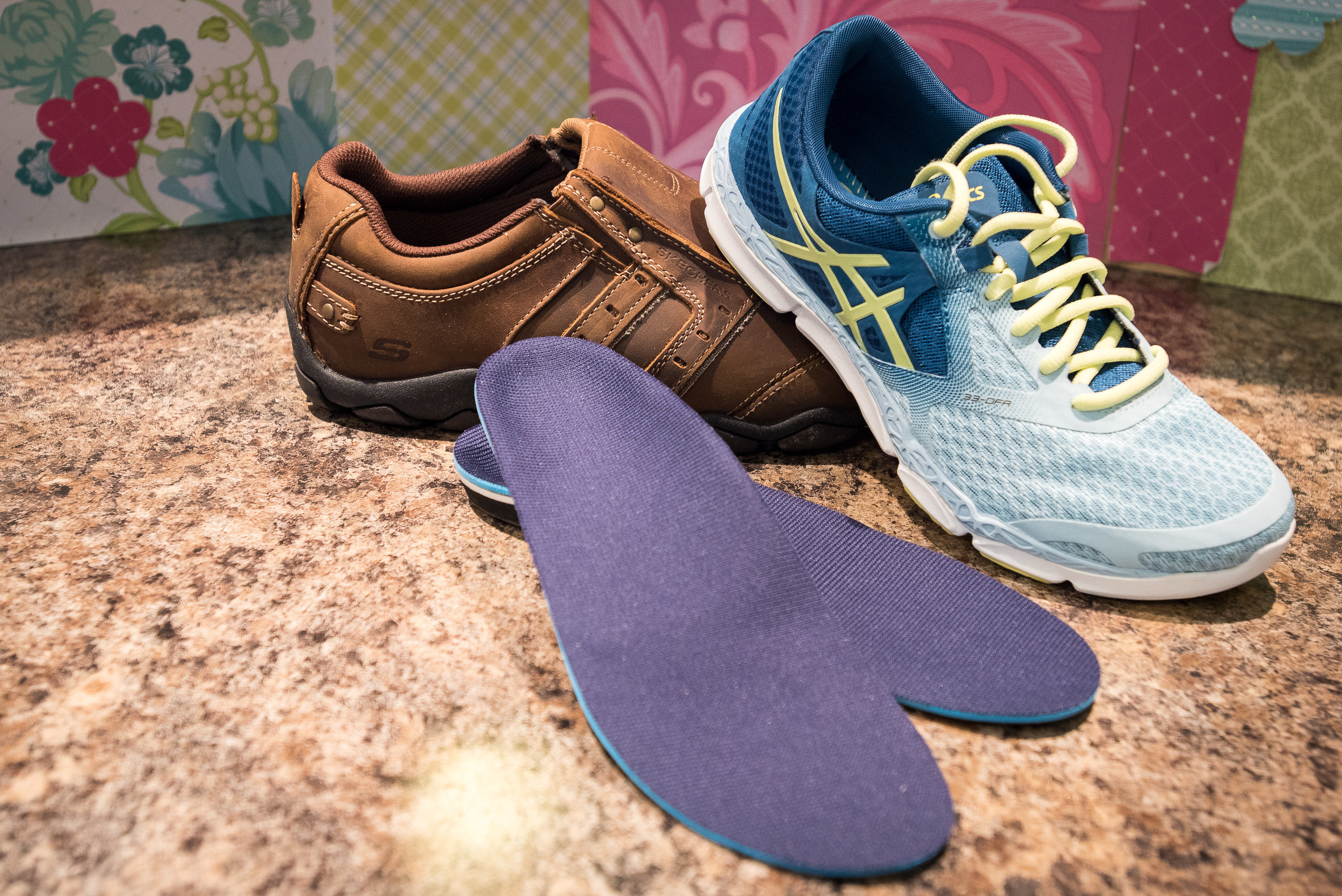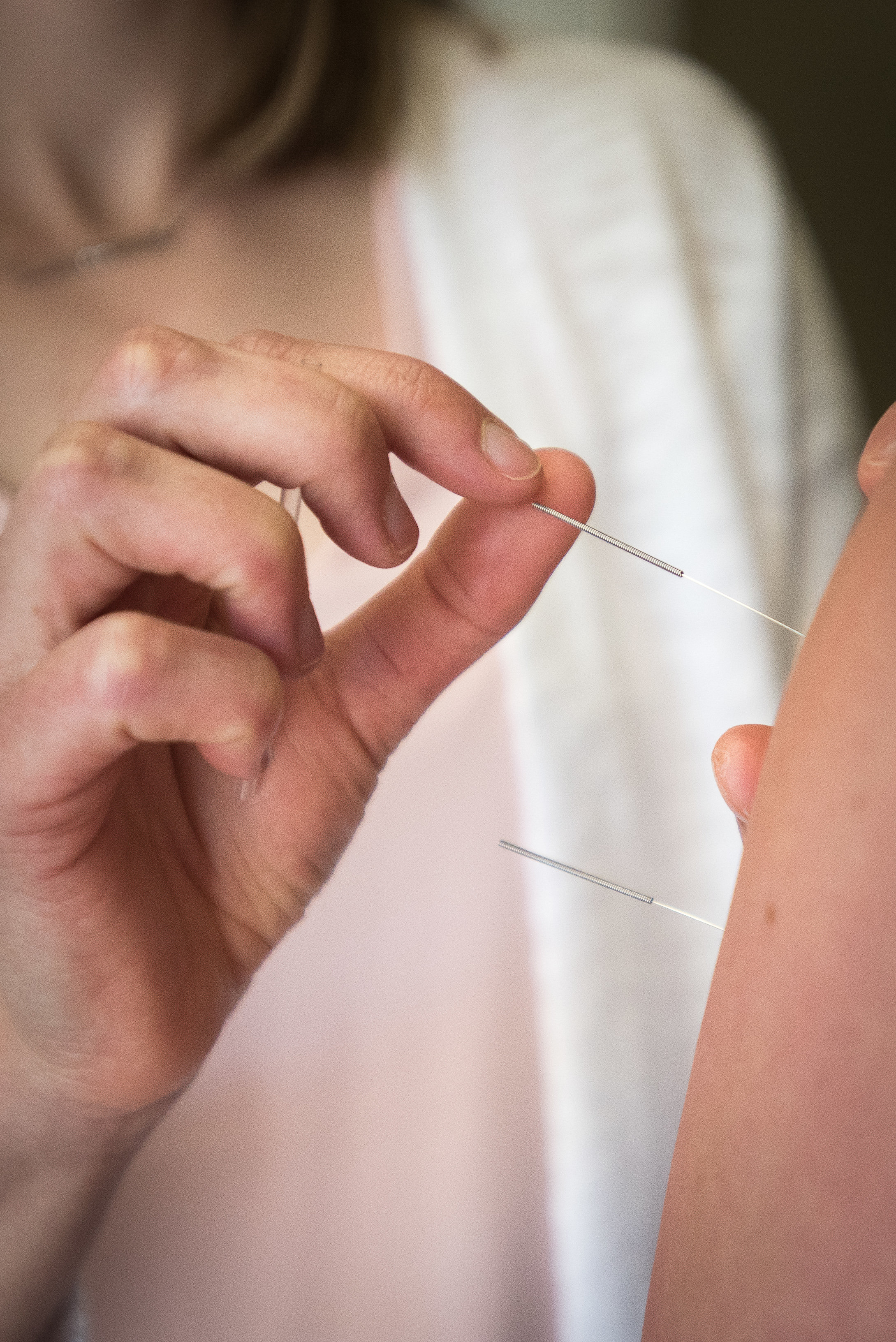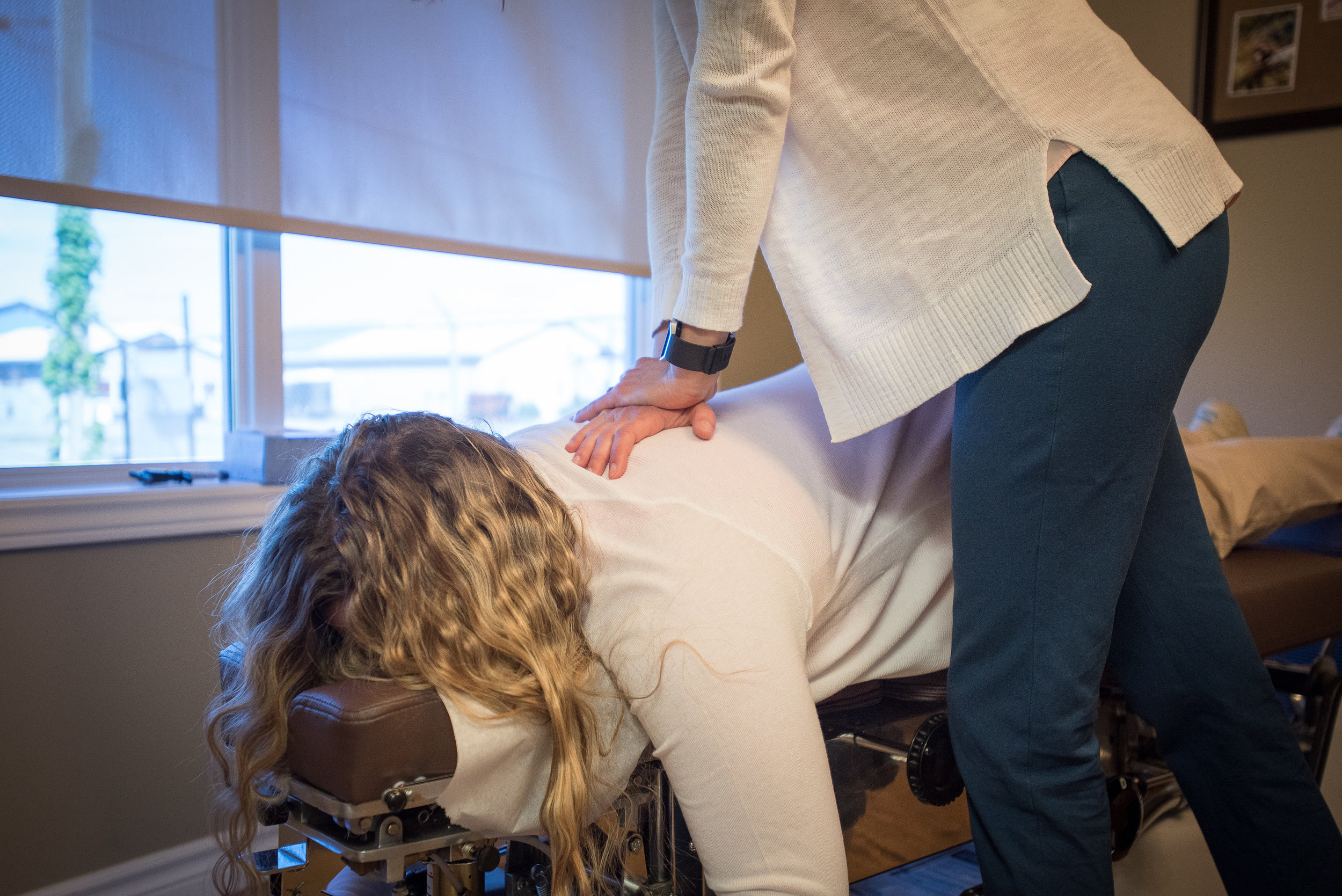Pregnancy Care
At least 50% of pregnant women will experience back pain, with many suffering from severe discomfort that impacts their activities of daily living. Back pain, sciatic-like pain, wrist pain and leg cramps are the most common complaints reported.
The healthy weight gain during pregnancy, most of which is around the abdomen adds a significant frontal load. The added weight puts stress on the back, hips, knees and feet/ankles, altering posture and biomechanics. These changes can affect the way we sleep, stand, and move during pregnancy. As the baby grows and the uterus expands, the abdominal muscles also stretch and lose their ability to provide needed support., leading to pain and discomfort.
During the third trimester, levels of the hormone “relaxin” increase and contribute to the loosening of joints in order for the pelvis to accommodate for enlarged uterus, the baby and later birth. This change in stability will again alter posture.
During pregnancy, women report pain and discomfort including:
- Neck pain
- Low back pain
- Mid-back pain
- Pelvic pain and pressure
- Aching legs and buttocks
- Peripheral swelling
- Sciatica or shooting pain down the leg/foot
- Fatigue and low energy
- Night-time muscle spasms
- Carpal tunnel syndrome
- De Quervain tenosynovitis
- Sleep disturbances
Studies have shown that manual therapy, including chiropractic, can help decrease pain in pregnancy and during labour. Chiropractors can provide safe, effective and drug-free conservative care to relieve pain and improve function during pregnancy and after birth.
Chiropractic Care can help:
- Reduce back and pelvic pain
- Relieve fatigued, aching muscles
- Help prepare for childbirth
- Ensure a faster recovery
Post-Natal Care
Often after birth, whether delivery was vaginal or via C-section, the mother’s pelvic biomechanics change, resulting in discomfort while walking, nursing and sleeping. To restore the pelvic and low back biomechanics, joint manipulation, soft tissue therapy, exercises and stretches can be utilized. A focus on the upper back or thoracic region is often necessary in new moms as this area can become restricted due to positions during breastfeeding, carrier carrying, bottle-feeding or simply rocking your new baby.
